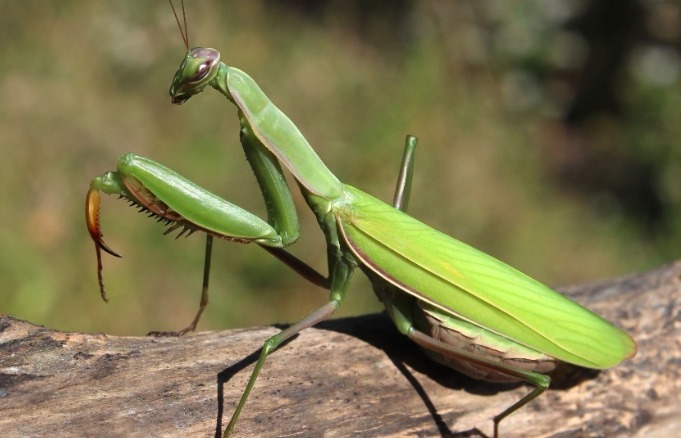
Have you ever experienced a moment where a praying mantis gently landed on your shoulder or arm? You may have paused, surprised and curious, wondering if this was just a coincidence—or something more meaningful.
Throughout history, the praying mantis has fascinated people across different cultures. Its unique posture, with forelegs folded in a prayer-like position, has given rise to a variety of interpretations. Some see it as a symbol of peace and mindfulness, while others associate it with focus, patience, and spiritual awareness.
In this article, we’ll explore the cultural and symbolic meanings attributed to the praying mantis, supported by historical and anthropological perspectives. Let’s uncover what it might signify when this calm and silent insect chooses to rest on you—and how you can reflect on its presence in a thoughtful and positive way.
A Symbol Across Civilizations
The praying mantis is part of the order Mantodea, and there are more than 2,400 species globally. It is recognized for its prayer-like stance and calm demeanor, which has inspired symbolic interpretations around the world.
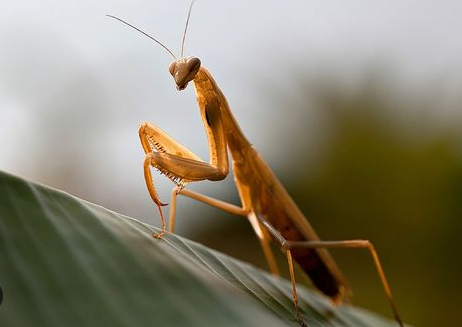
In Chinese Culture
In Chinese folklore, the praying mantis represents patience, stillness, and concentration. According to The Columbia Encyclopedia of Folklore and Mythology, the insect’s disciplined stance and careful movements were admired by martial artists, giving rise to styles like the Praying Mantis Kung Fu—a practice that emphasizes control and precise movement.¹
In Ancient Greece
The Greek word mantis means “seer” or “prophet,” indicating that even in ancient times, the insect was associated with introspection and spiritual insight.² This linguistic origin gives weight to the idea that a praying mantis might represent inner wisdom or thoughtful observation.
In Christianity and Western Traditions
Some Christian interpretations view the praying mantis as a gentle reminder to pray or reflect, given its posture. While there are no official religious texts that directly associate the praying mantis with divine messages, it is occasionally mentioned in sermons and literature as a metaphor for spiritual discipline.
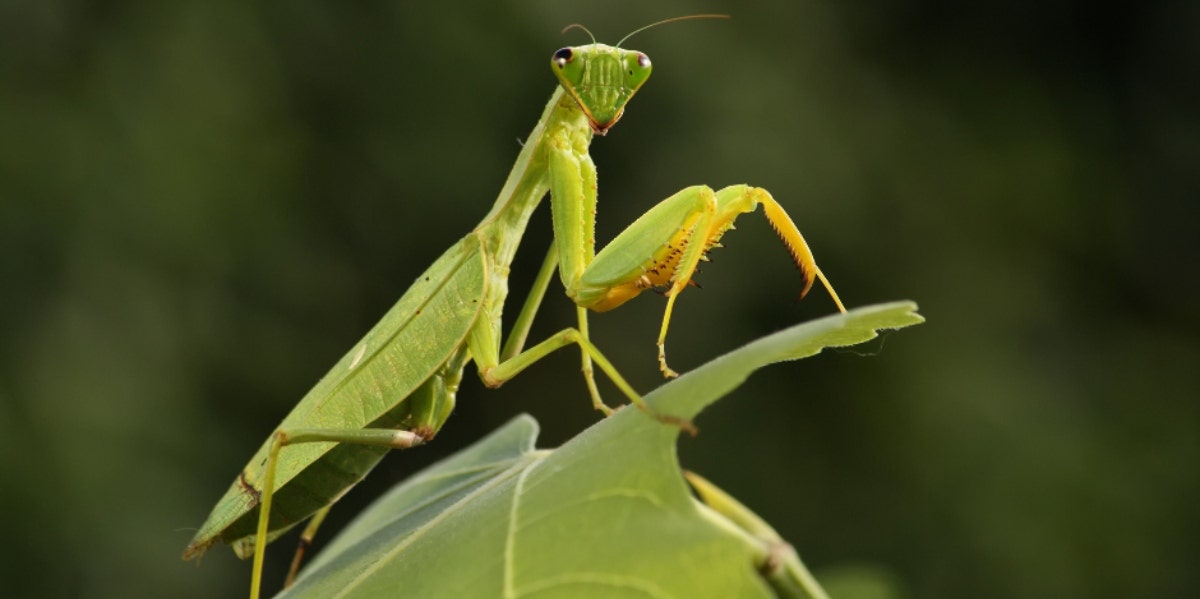
What Does It Mean When a Praying Mantis Lands on You?
Although there is no scientific evidence to suggest that the praying mantis landing on someone has mystical significance, reflecting on the event through a cultural lens can offer personal insights. Here are several interpretations, inspired by historical symbolism and mindfulness practices.
1. A Gentle Reminder to Prioritize Your Health
The calm and observant nature of the praying mantis may serve as a subtle prompt to pay more attention to your well-being. In today’s fast-paced world, many people overlook the importance of physical and mental health.
If you’re experiencing stress, irregular sleep, or poor diet habits, the sight of this tranquil creature can serve as a moment of pause—an opportunity to reassess your lifestyle and embrace healthier habits.
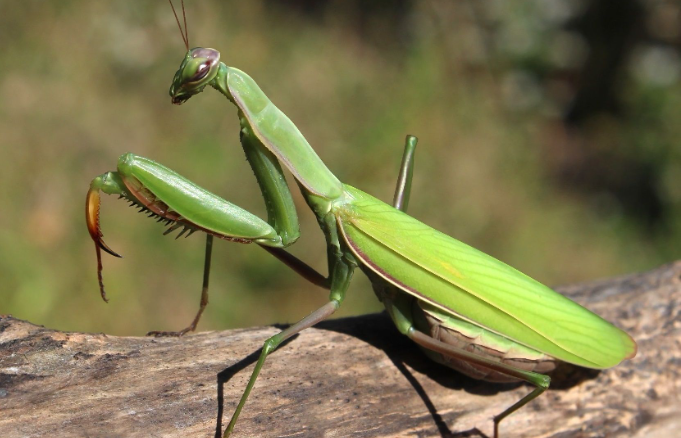
2. Encouragement to Observe Before You React
The praying mantis is known for its deliberate and slow movements. It watches its surroundings closely before making any decisions. According to studies in entomology, this methodical behavior is a survival strategy, enabling the insect to remain undetected by predators.³
Applied symbolically, the mantis can inspire us to become more observant, to pause and think before reacting emotionally or hastily. Practicing mindfulness—observing thoughts and surroundings without immediate judgment—has been linked to better decision-making and emotional regulation.⁴
3. A Sign of Reconnection and Renewal
Although there’s no scientific correlation between insect encounters and personal relationships, you might view a praying mantis landing on you as a gentle nudge to reconnect with someone in your life.
Whether it’s an old friend, a relative, or even a neglected part of your own self, the moment may prompt reflection on relationships that have drifted apart. This perspective aligns with many cultural practices that use natural symbols to inspire personal or relational healing.
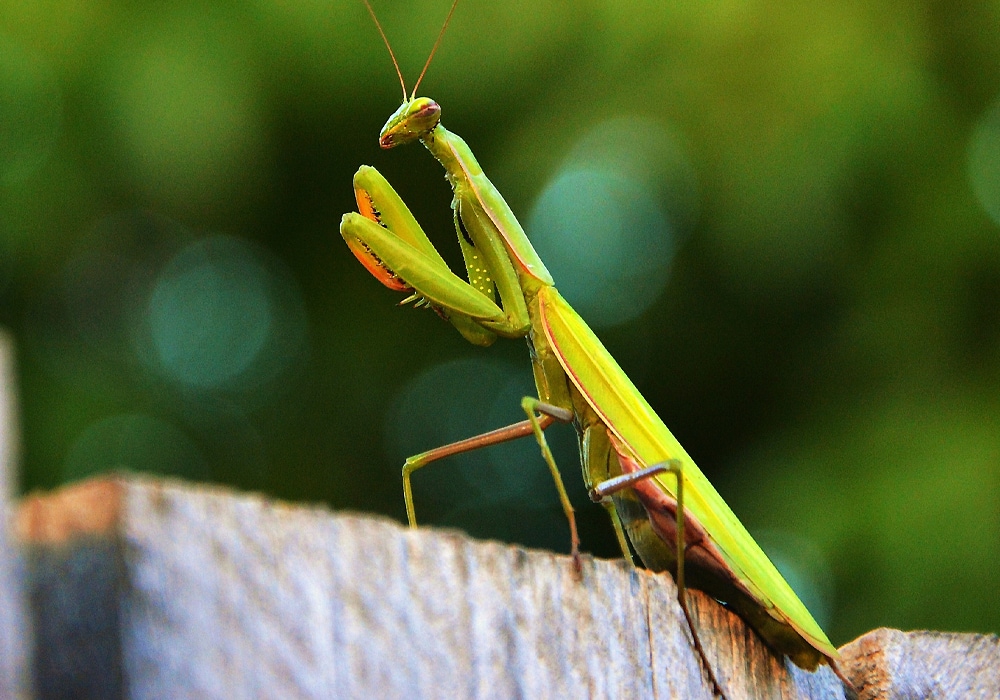
4. A Reminder of Leadership and Responsibility
Some interpret the appearance of a praying mantis as a symbol of calm authority and leadership. In biological studies, mantises are apex insect predators in their habitat, suggesting power balanced with patience.
If you’re stepping into a new role—whether at work, in a volunteer organization, or within your family—this moment can encourage thoughtful and humble leadership. True leadership, according to the Harvard Business Review, involves emotional intelligence, active listening, and a commitment to fairness.⁵
5. Trust That Your Needs Will Be Met
While not based on superstition, moments of calm like watching a mantis land on your hand can encourage you to trust the process of life. Many people struggle with financial stress and daily responsibilities. In such times, nature’s simplicity can remind us to return to the basics—gratitude, resourcefulness, and resilience.
In cognitive behavioral therapy (CBT), practicing positive reframing is a well-known technique to shift anxious thinking.⁶ A peaceful encounter with nature, such as with a mantis, may help center your thoughts and provide a small yet meaningful moment of calm.

6. A Signal to Let Go of Unhealthy Habits
If you’ve been contemplating a lifestyle change—quitting smoking, reducing screen time, or letting go of toxic relationships—the praying mantis may symbolize inner strength and discipline.
Its steady behavior and reputation as a solitary, focused hunter can inspire personal transformation. Behavioral psychologists often recommend using symbols or cues to trigger healthier habits, and encounters with nature can serve as one such cue.⁷
7. Reflection on Spiritual Growth
In various spiritual traditions, the act of pausing and reflecting is a path to growth. While the praying mantis itself is not a spiritual figure in any major religion, its meditative stillness can remind you to explore your own spiritual life—be it through meditation, community service, or personal reflection.
Studies have shown that spiritual practices, including mindfulness, prayer, or community involvement, are linked with greater life satisfaction and psychological well-being.

Final Thoughts
The praying mantis is a unique insect that has captured human imagination across centuries and continents. While there is no scientific proof that its landing signifies divine intervention or prophecy, its presence can serve as a meaningful symbol for those who choose to reflect on its nature.
Instead of viewing the encounter through superstition, consider it an invitation to pause, observe, and align more closely with your values—whether those relate to health, mindfulness, relationships, or spiritual growth.
So the next time a praying mantis rests near you, take a moment. In our busy world, it may be one of the few reminders to slow down—and simply be.


